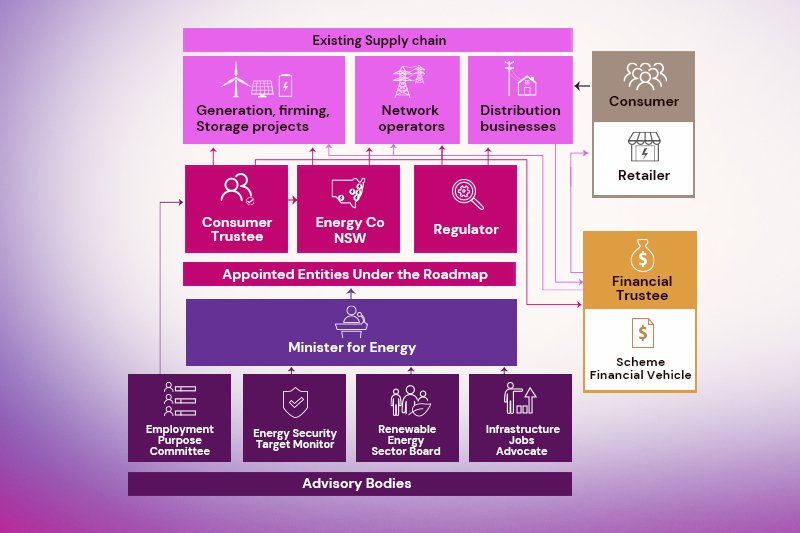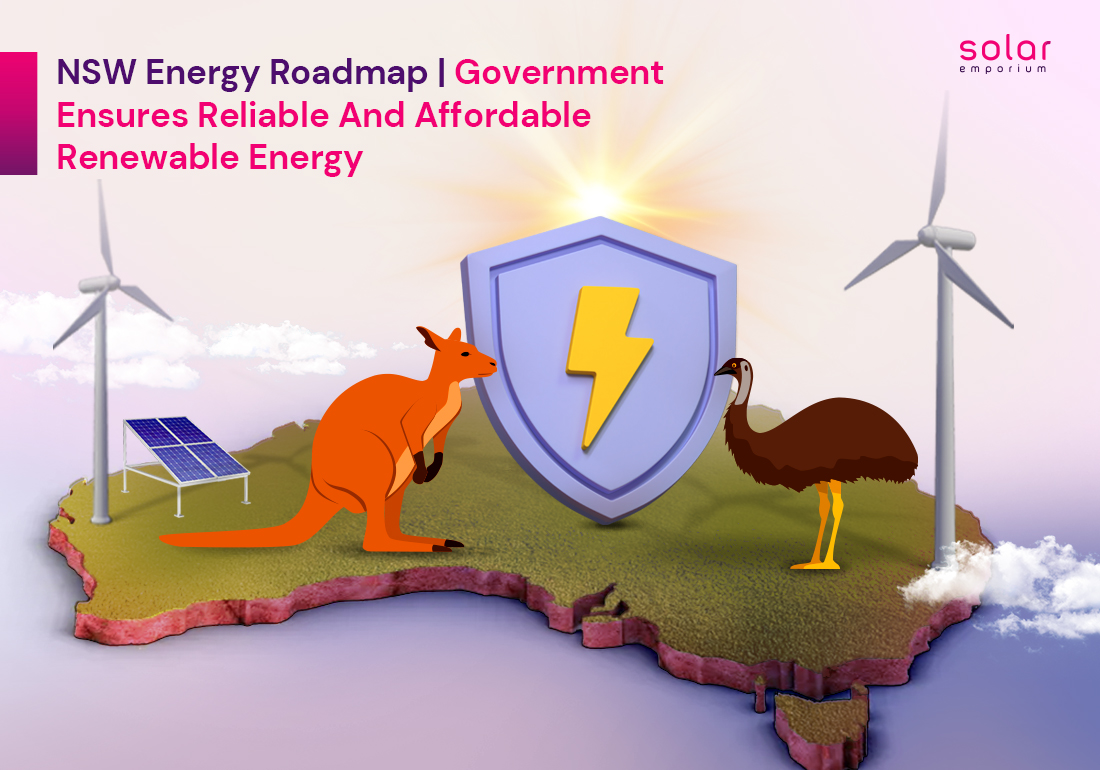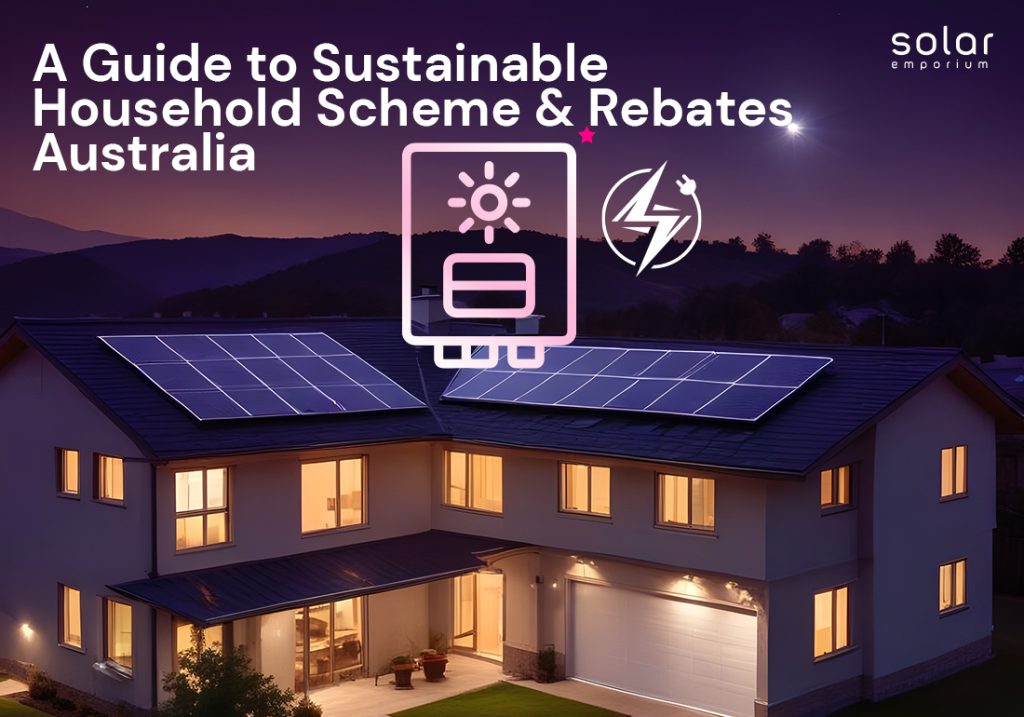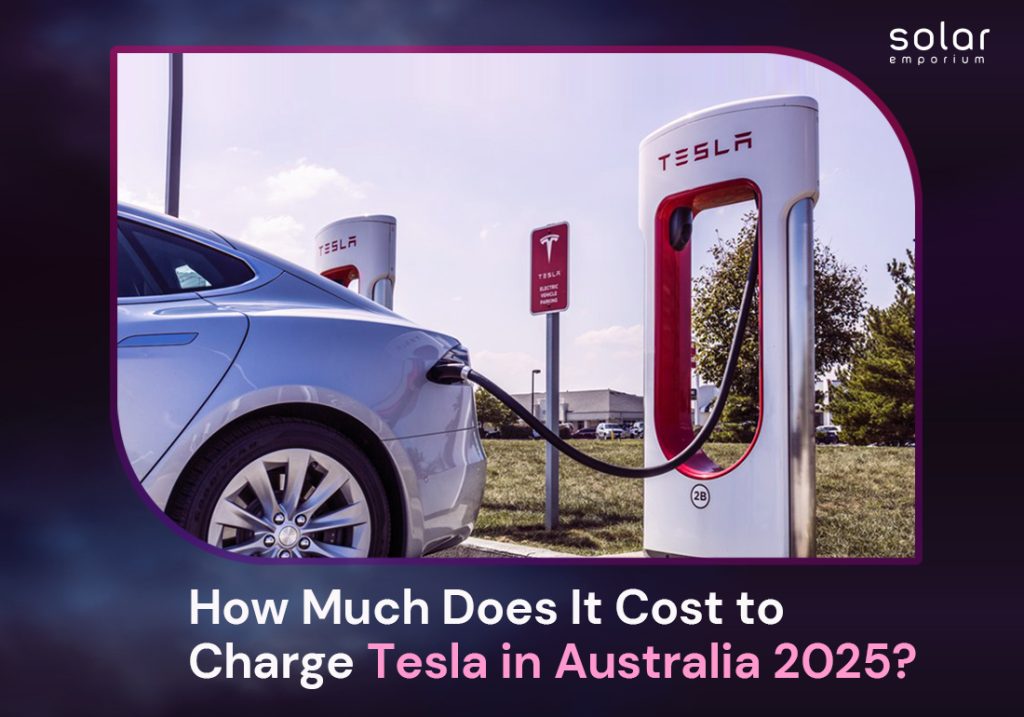In May 2023, the NSW Government introduced a detailed strategy to shift the state’s energy sector towards reliable and affordable renewable energy.
This NSW energy roadmap was developed in response to the electricity supply and reliability check-up. It assessed the state’s energy infrastructure and provided suggestions for its transformation.
In response to this evaluation, the government’s action plan outlines a strategic roadmap for ensuring dependable and sustainable energy for NSW while addressing the upcoming closure of the Eraring Power Station, a significant power generator in the area.
In recent years, the global focus on renewable energy has intensified, with governments worldwide recognising the need to transition away from fossil fuels. Australia, in particular, has been making significant strides in this direction.
The New South Wales (NSW) Energy Roadmap is an elaborate plan implemented by the government to ensure a reliable and affordable renewable energy supply.
Key Proposals and Government Approval
The NSW government has unveiled its strategy to guarantee a dependable supply of affordable and clean renewable energy.
As part of this plan, the government has committed to collaborating with Origin Energy to extend the operation of the Eraring Power Station beyond its scheduled closure in August 2025.
This strategy is based on the findings and suggestions of the Electricity Supply and Reliability Check-Up conducted by Cameron O’Reilly of Marsden Jacob Associates in May 2023.
The Check-Up highlighted the need for urgent measures in New South Wales to replace closing coal-fired power stations with renewable energy generation, transmission, and storage.
The Electricity Supply and Reliability Check-Up emphasised an overall government effort to facilitate the energy transition for NSW households, businesses, and communities.
It put forth 54 recommendations to support the implementation of the Electricity Infrastructure Roadmap.
Out of these recommendations, the State Government has accepted 50, with 44 being entirely accepted, three partially accepted, and three already in progress or completed.
The government’s plan encompasses three main areas of focus:
NSW Electricity Infrastructure Roadmap Support

New Energy Security Target
Streamlining Renewable Energy Projects for Community Benefits
What is the NSW Electricity Infrastructure Roadmap?
In November 2020, the New South Wales (NSW) Government introduced the NSW Electricity Infrastructure Roadmap.
This strategic plan spans two decades and aims to reshape the state’s electricity system into one that is both cost-effective and sustainable. Its objective is to establish a solid groundwork for future generations.
It also ensures access to more stable, dependable, and budget-friendly electricity. The Roadmap’s implementation is possible through the Electricity Infrastructure Investment Act 2020 (EII Act).
Diverse organisations and stakeholders are collaborating to bring the Roadmap to succession. Their joint efforts will assist the strategic investment in transmission, generation, solar battery, and backup infrastructure.
The Roadmap aims to help the private sector in delivering a minimum of:
- Twelve gigawatts of fresh renewable electricity generation.
- Two gigawatts of extended-duration storage solutions like pumped hydro.
The Roadmap offers industry and investors the assurance they need to invest in the essential infrastructure. Over $32 billion in private sector investments will be infused into the New South Wales (NSW) economy by 2030.
Significant progress has already been made in implementing the Roadmap, highlighted by the announcement of the Waratah Super Battery in late 2022.
And the initiation of the initial tender round for new generation and long-term solar storage Long Term Energy Service Agreements (LTESAs) in 2022. Upcoming tenders for firming infrastructure, generation, and long-term storage will begin in the second quarter of 2023.
The Roadmap is meticulously crafted to safeguard the lasting financial interests of electricity consumers in NSW.
Strong governance structures have been established to ensure this goal is met, with each entity possessing a well-defined role in coordinating, monitoring, and overseeing the Roadmap’s execution.
Additional $1.8 Billion for NSW's Transition to Renewable Energy

The Minns Government is committing an extra $1.8 billion to bolster the progress of NSW’s energy transformation. This includes the establishment of the Energy Security Corporation and investments to link new projects to the power grid.
This commitment is designed to get transmission and energy storage initiatives back on course as the Labor Government strives to ensure a steady supply of affordable and clean electricity during NSW’s transition.
This investment is a part of the government’s dedication to rebuilding essential infrastructure in our state, ensuring that households and businesses have dependable energy at the most economical rates.
The government is allocating an additional $800 million to the Transmission Acceleration Facility to expedite the connection of Renewable Energy Zones (REZ) in the state to the grid and to accelerate the community benefit programs.
This increases the government’s commitment to the Transmission Acceleration Facility to $2 billion since its establishment in 2022, managed by EnergyCo, the government’s Renewable Energy Zone infrastructure planner.
The NSW Budget will also confirm a $1 billion allocation for establishing the Energy Security Corporation, fulfilling another election promise.
The Energy Security Corporation will invest in storage projects to address market gaps and enhance the reliability of our power grid during the transition to renewable energy.
It may involve investments in community solar batteries and virtual power plants. It allows communities and households to pool energy generated from rooftop solar, thus reducing their grid dependence and electricity bills.
These investments align with the government’s response to the Electricity Supply and Reliability Check-Up. They will contribute to achieving the target of 12 gigawatts of new renewable energy generation and 2 gigawatts of long-duration storage by 2030.
NSW Energy Future and NSW Government Target for Renewable Energy
The forthcoming energy strategy articulates Transport for NSW’s dedication to ensuring our transportation energy requirements are met sustainably.
It advances the shift of the transportation sector toward achieving net-zero emissions by 2050.
The forthcoming Energy Strategy Implementation Plan outlines the immediate actions required to realise the objectives of the future energy strategy.
Transport for NSW will maintain the ongoing development of this implementation plan and oversee and report on our advancements in achieving these goals.
NSW renewable energy action plan focuses on renewable energy zones, energy efficiency, and demand management.

Renewable Energy Zones
One of the cornerstones of the NSW Energy Roadmap is the establishment of renewable energy zones (REZs). These zones are strategically located areas with abundant renewable energy resources, such as solar and wind.
The government plans to develop at least three REZs by 2030, which will attract private investment and facilitate the construction of large-scale renewable energy projects.
This initiative will boost the state’s renewable energy capacity, create job opportunities, and stimulate economic growth.
Energy Efficiency
The NSW Energy Roadmap recognises the importance of energy efficiency in reducing overall energy consumption and greenhouse gas emissions. Through various measures, the government aims to improve energy efficiency in residential, commercial, and industrial sectors.
These include upgrading building standards, promoting energy-efficient appliances, and implementing energy-saving initiatives. By prioritising energy efficiency, the roadmap aims to reduce energy costs for consumers and enhance the sustainability of the energy system.
Demand Management
Demand management plays a crucial role in balancing energy supply and demand. The NSW Energy Roadmap emphasises the need for demand management strategies to optimise energy usage and reduce peak demand.
This involves implementing innovative grid technologies, incentivising demand response programs, and encouraging the adoption of energy storage systems.
Effectively managing energy demand, the government aims to enhance grid stability, reduce the need for additional infrastructure, and ensure a reliable energy supply.
Infrastructure Challenges and Benefits NSW Energy Roadmap
The NSW Energy Roadmap offers several benefits for the state and its residents. Firstly, it will contribute significantly to reducing greenhouse gas emissions. And it will eventually reduce the impacts of climate change.
Secondly, the increased distribution of renewable energy, especially solar panels, will grow energy security and reduce dependence on imported fossil fuels.
Additionally, the roadmap will create employment opportunities in the renewable energy sector and stimulate economic growth.
However, the transition to renewable energy has its challenges. The irregular nature of renewable energy sources, such as solar panels and wind, requires careful management and integration into the grid.
The government must also address concerns related to the affordability and reliability of renewable energy to ensure that the transition is manageable for consumers.
The NSW Energy Roadmap represents a significant step towards a sustainable and resilient renewable energy future for New South Wales.
The government aims to ensure a reliable and affordable renewable energy supply by focusing on renewable energy zones, energy efficiency, and demand management.
While challenges exist, the roadmap’s implementation will contribute to reducing greenhouse gas emissions, enhancing energy security, and creating a cleaner and more advanced future for the state and its residents.







